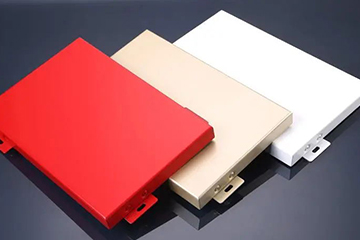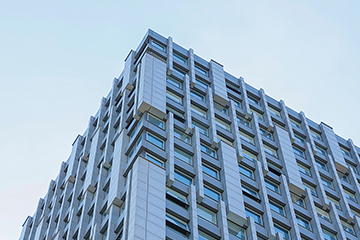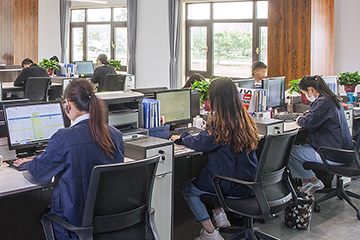Aluminum plastic panel is a common building decoration material, and everyone must pay attention to the method of using it. In order to protect the overall aesthetics of the aluminum plastic panel, when purchasing, everyone will find that there is a protective film on the surface of the aluminum plastic panel, which many friends are not very familiar with. So what if the protective film of the aluminum plastic board cannot be torn off for too long? How to choose the protective film for aluminum plastic panels? Let's take a look at the relevant knowledge below.
What to do if the protective film of aluminum plastic board cannot be torn off for too long
The aluminum plastic board should be removed as soon as possible after decoration. If the time is too long, the protective film of the aluminum plastic board will be weathered and dry, making it difficult to absorb. You can use hot water to scrub the surface of the double-layer aluminum plastic board protective film, and then slowly tear it off. Generally, it can be removed completely.
Find the disconnected ends and gently pull them apart. Use an electric hair dryer to blow along the horizontal direction of the film (which is the direction that should not be pulled off), slightly heat it up, lift both ends with both hands and gently pull them down (evenly apply force, do not pull them off). If the area is large, blow and pull them section by section.
How to Choose Protective Film for Aluminum Plastic Plate
The selection of surface protective film for aluminum plastic panels should be conducted by the user unit through a small sample test to determine the selected viscosity and whether the adhesive used for surface protective film is suitable for the surface coating of decorative materials, as the adhesive used for surface protective film is not a functional adhesive.
1. Aluminum plastic panels can be divided into two categories based on the material of paint coatings: polyester aluminum plastic panels and fluorocarbon aluminum plastic panels, each of which can be roughly divided into metal paint surfaces and non metal paint surfaces. Due to differences in paint material and structure, different requirements are put forward for the thickness and viscosity of protective film adhesive.
2. During use, if the adhesive properties of the protective film are improperly selected or the adhesive quality is unstable, it will bring many problems to the user, such as not sticking, warping, or not being able to tear off within the shelf life after sticking on.
3. The viscosity of the selected surface protective film should be determined based on the smoothness of the material surface. The material surface should be smooth and smooth, and the viscosity of the selected protective film should be low. The material surface should be rough, and the coating surface particles should be relatively coarse. The viscosity of the selected protective film should be high. On the contrary, if used improperly, it will lead to the phenomenon of poor adhesion or excessive adhesion that cannot be removed.
4. For a given surface, selecting the appropriate adhesive and viscosity is extremely important, and the subsequent processing steps are the key to determining the size of the viscosity. Subsequent processing generally involves bending and stamping, with a generally smooth surface using a low viscosity protective film with a viscosity of 0.9N/cm; Select a medium adhesive protective film with a viscosity of 1.2N/cm for moderately rough surfaces.
For the use of aluminum plastic panels, it is recommended that everyone still pay attention to the correct way of use, and also pay attention to selecting products with guaranteed quality. The above is an introduction to what to do if the aluminum plastic plate protective film cannot be torn off for a long time and how to choose the aluminum plastic plate protective film. If you have any questions, you can consult with after-sales personnel to ensure the quality of the product.











